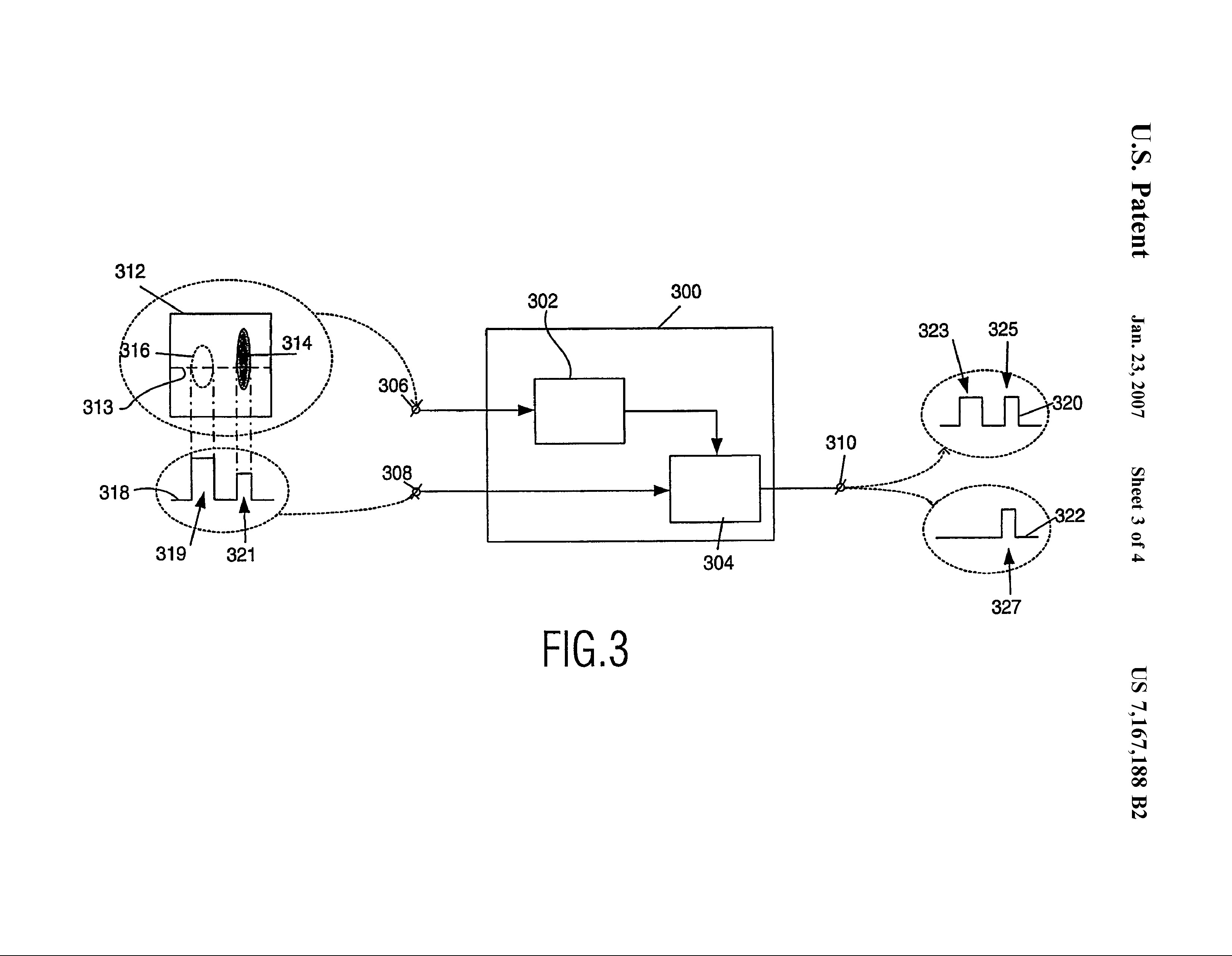
|


|

|
Either scroll down to view the complete Hall of Fame or choose the type:
The Felix3D Team has spent a lot of time researching the history of volumetric imaging. Nevertheless we ask you to help us by completing this Hall of Fame, so please send us descriptions and pictures of yet unknown (or here only preliminary stated) experimental setups or prototypes. We would be glad for any new descriptions and if possible one photo of the display and one of the researching team.
swept volume techniques
a) flat surface display
b) curved surface display
c) oscillating screen display
static volume techniques
d) solid state display
e) gaseous state display
other techniques
f) miscellaneous display type
Miscellaneous volumetric displays


|
 Valve stem
Valve stem
Frank H. Watson
1936
|
|
|
|
|


|
 Apparatus For Producing Three-Dimensional Visual Patterns
Apparatus For Producing Three-Dimensional Visual Patterns
Ruderfer, Martin
1956
|
|
|
|
|


|
 Three Dimensional Position-Indicating System
Three Dimensional Position-Indicating System
Fryklund, Robert A.
1956
|
|
|
|
|


|
 Oscillating Mirror
Oscillating Mirror
E. Rawson
1968
|
The thin aluminized mirror film is driven sinusoidally from a loudspeaker. If the mirror film is taut enough and the amplitude of the oscillation not too large, the mirror's surface is essentially a sphere of continuously changing curvature. Thus, when an observer views an object (such as the face of a CRT) by reflection in the mirror, the changes in curvature cause a corresponding change in the position of the reflected image. The result is an autostereoscopic image that is essentially a transparent stack of two-dimensional images viewed in the varifocal mirror.
|
|
|
|


|
 Articulating Mirrors
Articulating Mirrors
C. Anderson
1968
|
|
|
|
|


|
 Computer_Controlled Three-Dimensional Display
Computer_Controlled Three-Dimensional Display
Maguire, Edward T.
1972
|
|
|
|
|


|
 Apparatus for acquiring and laying real time 3-D information
Apparatus for acquiring and laying real time 3-D information
Narinder S. Kapany
1972
|
Apparatus for producing pulses of a sufficiently short duration thet only a restricted zone of the target image is illuminated at any given instant. A gating apparatus is adapted to admit to a receiving apparatus a sequence of images corresponds to a different zone of the target subject. The receiving apparatus is coupled to a recording device that presents to the viewer a three-dimensional image of the target subject and that stores the image data for subsequent presentation. Several variations of the three-dimensional data acquisition and display devices are disclosed.
|
|
|
|


|
 SpaceGraph 3D Display
SpaceGraph 3D Display
L. Sher
1976
|
In 1976 L. D. Sher built the first general-purpose, computer-driven display of this type, later known as the SpaceGraph 3D Display.
|
|
|
|


|
 XYZ Scope
XYZ Scope
J. Fajans
1976
|
Another varifocal approach, proposed by J. Fajans 1979, is known as the "XYZ Scope". It uses a lens rotating about its diameter instead of a vibrating mirror film.18 The rotating lens is said to cause aberrations as the viewer moves out of the center axis of the lens.
|
|
|
|


|
 Light reflecting three-dimensional display system
Light reflecting three-dimensional display system
Buzak, Thomas S.
1987
|
A display system (10) receives from a light source (12) a sequence of images, each representing a different depth plane of a subject, and selectively reflects each image from its corresonding one of plural light direction modulators (16 and 18) to synthesize a three-dimensional image of the subject. Each modulator is positioned along an axis (20) at a location that corresponds to a different depth plane. Each modulator reflects the first image incident to it and transmits the succeeding images in the sequence. In a display system having N+1 depth plane images, each of N modulators comprises a variable optical retarder (34) and a liquid crystal chiral cell (36). The N modulators reflect left-circularly polarize light and transmit right-circularly polarized light. An N+1 modulator preferably comprises a liquid crystal chiral cell and reflects light incident to it. An alternative embodiment (50) develops full color images.
|
|
|
|


|
 Real-time three-dimensional imaging technique
Real-time three-dimensional imaging technique
Amir, Israel; Higgins, Frank P.
1992
|
A three-dimensional image of the surface (12) on an object (14) is obtained in real time by a system (10) which includes first and second reflective surfaces (32,38). The first reflective surface successively reflects a separate one of the first and second lines of light (26,28) onto the surface of the object so that each line of light strikes a first strip of area (34) at an acute angle. The second reflective surface reflects the field of view of a linescan camera (40) onto the object's surface so that the camera captures the image of a second strip of area (41) contiguous with the first strip. The first and second reflective surfaces are rapidly rotated in unison by one or more actuators (50,52) such that the object's surface is spanned by the camera each time the surface is spanned by a successive one of the first and second lines of light. A three-dimensional image of each successive second strip imaged by the camera is obtained from a predetermined relationship between the intensity sensed by the camera for that strip when the corresponding first strip is successively illuminated by the first and second lines of light.
|
|
|
|


|
 Three-dimensional real-image volumetric display system and method
Three-dimensional real-image volumetric display system and method
Leung, Martin S.; Ives, Neil A.; Eng, Genghmun
1998
|
A system for achieving a three-dimensional (3D) volumetric display by using a successive stack of transparent two-dimensional planar layers each having light-absorbing elements representing contours as dark features associated with individual respective slices through a three-dimensional object in a direction perpendicular to the plane of view of each of the planar layers so that the combined assembled volumetric display when viewed achieves a volumetric display which may be reconfigured using physical, chemical, electronic and computer-assisted means, so as to effect a dynamic volumetric display.
|
|
|
|


|
 3-D volume visualization display
3-D volume visualization display
Sadovnik, Lev S.; Rizkin, Alexander
1998
|
A volumetric multi-layer screen including a plurality of electrically switchable layers that are stacked and coextensive, each of the plurality of electrically switchable layers including: a first transparent dielectric substrate having a first side and a second side; a first transparent electrode coated on the first side of the first transparent substrate; and an electrically switchable polymer dispersed liquid-crystal film coated on the first transparent electrode. The electrically switchable polymer dispersed liquid-crystal film includes a) a host polymer having an index of refraction and b) a nematic liquid crystal having i) an ordinary index of refraction that substantially matches the index of refraction of the host polymer when an electric field is applied across the electrically switchable polymer dispersed liquid-crystal film from the first transparent electrode, and ii) an extraordinary index of refraction that causes visible light to be scattered at a host polymer/nematic liquid crystal interface when the electric field is not applied across the electrically switchable polymer dispersed liquid-crystal film by the first transparent electrode.
|
|
|
|


|
 Layered display system and method for volumetric presentation
Layered display system and method for volumetric presentation
Gold, Ronald S.; Freeman, Jerry E
1998
|
A volumetric display system includes a display member which has a plurality of electrically-responsive optical shutters arranged in a layered relationship. The optical shutters include layers of a liquid crystal which preferably can be formed in geometric shapes which enhance the volumetric display. A projection system projects successive images onto the display member while successive ones of the optical shutters are switched into their translucent state. At any moment in time, all optical shutters except the successive one are maintained in a transparent state.
|
|
|
|


|
 Multi-planar volumetric display system and method of operation using psychological vision cues
Multi-planar volumetric display system and method of operation using psychological vision cues
Sullivan, Alan; Snuffer, John
2002
|
A multi-planar volumetric display system and method generate volumetric three-dimensional images using a multi-surface optical device including a plurality of individual optical elements corresponding to a plurality of image depths. An image projector selectively projects images on respective optical elements to generate a volumetric three-dimensional image viewable in the multi-surface optical device. Psychological vision cues are added during generation of the three-dimensional image to enhance depth perception when viewing the three-dimensional image. A floating-image generator may project the three-dimensional image having enhanced depth to generate a second volumetric three-dimensional image viewable as floating in space.
|
|
|
|


|
 Autostereoscopic display
Autostereoscopic display
Travis, Adrian R
2004
|
A video display for displaying a large image to an observer, comprising a screen for displaying patterns, the screen being formed of a plurality of separate areas each capable of receiving a segment of a pattern the segments collectively forming a complete frame of a pattern; projection means for projecting a segment of a pattern to each separate area of the screen in sequence; means for receiving each segment of a pattern and forming a complete frame; and means for illuminating the screen with collimated light to display a large area display.
|
|
|
|


|
 Three-dimensional display using optical fibers of different lengths
Three-dimensional display using optical fibers of different lengths
Mann,Christopher Westlye
2005
|
A system for viewing 3-D images that comprises an image source (50), a computer (105) and a television screen (110). The television screen is divided into a plurality of sections (115-130), with each section displaying an image representative of a certain depth in the image, as provided by the computer. Image display elements comprising optical fiber bundles (200-215) or lamps, (e.g. 520) and leads (e.g. 540) convey individual depth images from the television screen to a plastic block (225) in which the fiber bundles terminate or the lamps are positioned. The individual fiber bundles terminate at predetermined depths within the plastic block, with those conveying the nearest part of an image terminating at the front of the block, as viewed by an observer (220). The fiber bundle or lamp conveying the greatest depth in the image terminates near the rear portion of the block, as seen by an observer. Fiber bundles or lamps conveying images of intermediate distances terminate at intermediate distances within the block. Fiber diameters and lamp sizes graduate from large to small as depth in the image increases. A true 3-D image is thus provided.
|
|
|
|


|
 Volumetric display with dust as the participating medium
Volumetric display with dust as the participating medium
Perlin, Kenneth; Han, Jefferson Y.
2006
|
An apparatus for producing a volumetric display includes a scanning collimated light source that creates an image by illuminating a suspension of light-scattering particles in an optically transparent medium with a collimated beam, where the brightness of the collimated beam is modulated at each moment in time by an amount that is dependent upon the momentary direction of the beam and also on the distance of the scattering particle encountered by the beam at that moment. A method for producing a volumetric display. An apparatus for producing a volumetric display includes a light source for providing light. The apparatus includes a mechanism for producing a volumetric image with the light from the light source. The method includes the steps of producing light from a light source. There is the step of producing a volumetric image with the light from the light source.
|
|
|
|


|
 Method of and scaling unit for scaling a three-dimensional model and display apparatus
Method of and scaling unit for scaling a three-dimensional model and display apparatus
Redert, Peter-Andre
2007
|
A method of scaling a three dimensinal model into a scaled three-dimensional model in a dimension wich is related with depth wich method is is based on properties of human visual perception. The method is based on discremination or distinguishing between relevant parts of the information represented by the three-diomensional model for wich the human visual perception is sesitive and in irrelevant parts of the information represented by the three-dimensional mdoel for wich is the human visual perception is intensive. Properties of the human visual perception are e.g. intensitivity to a discontinuity in a signal representing depth and sensitivity to a difference of laminace values between neighboring pixels of a two-dimensional view of the three dimensional model
|
|
|
|
|
|
|


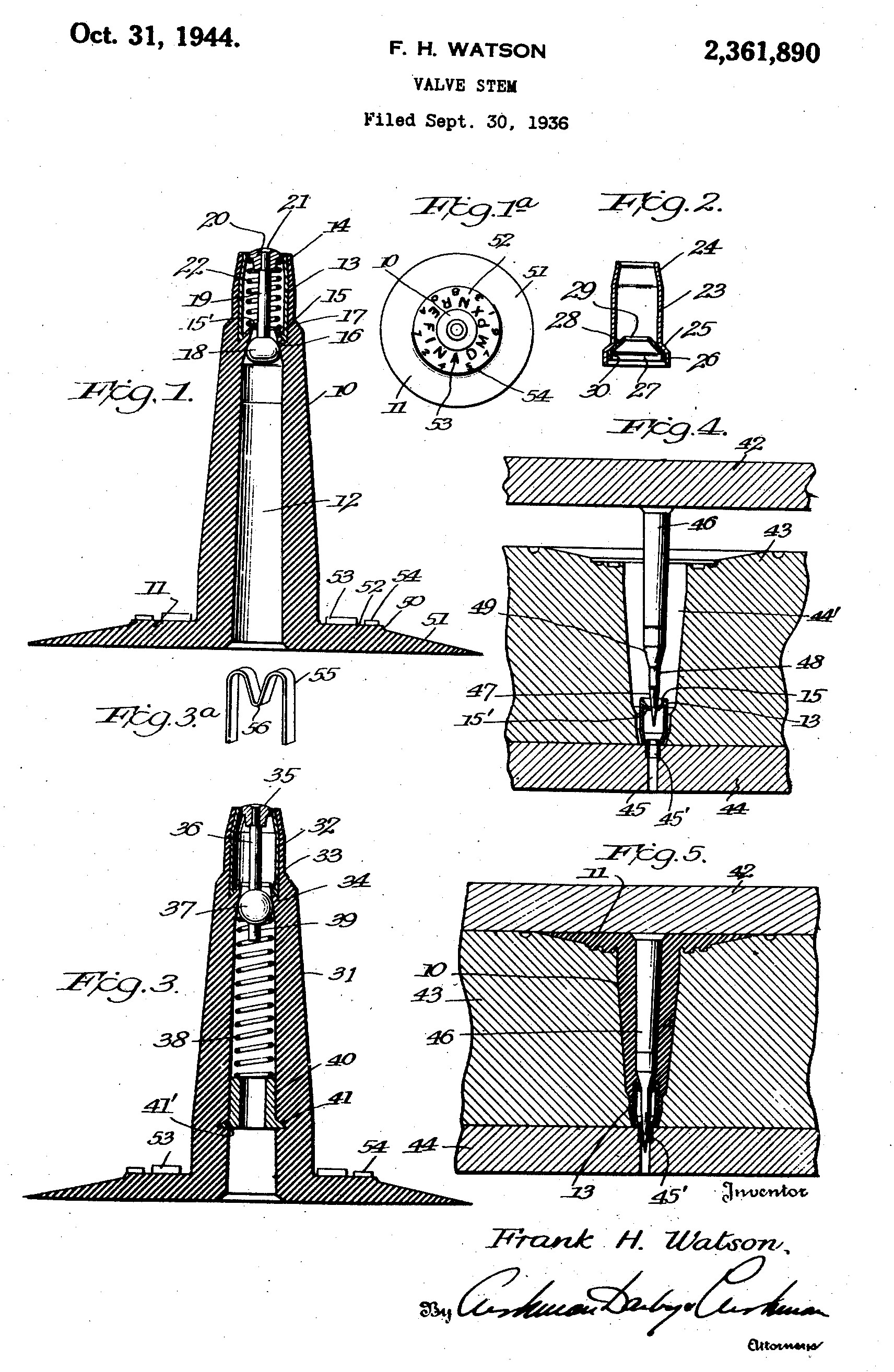





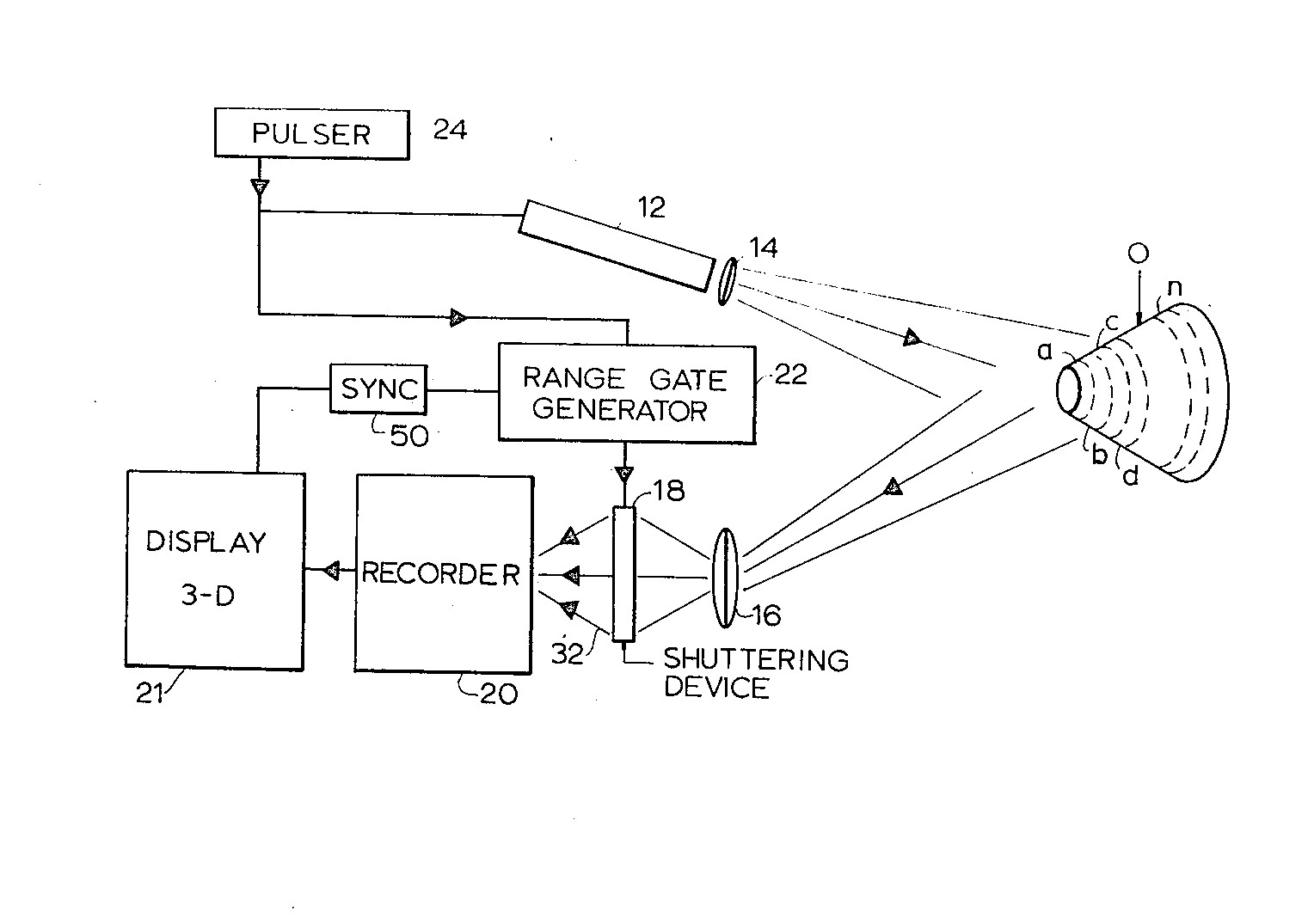







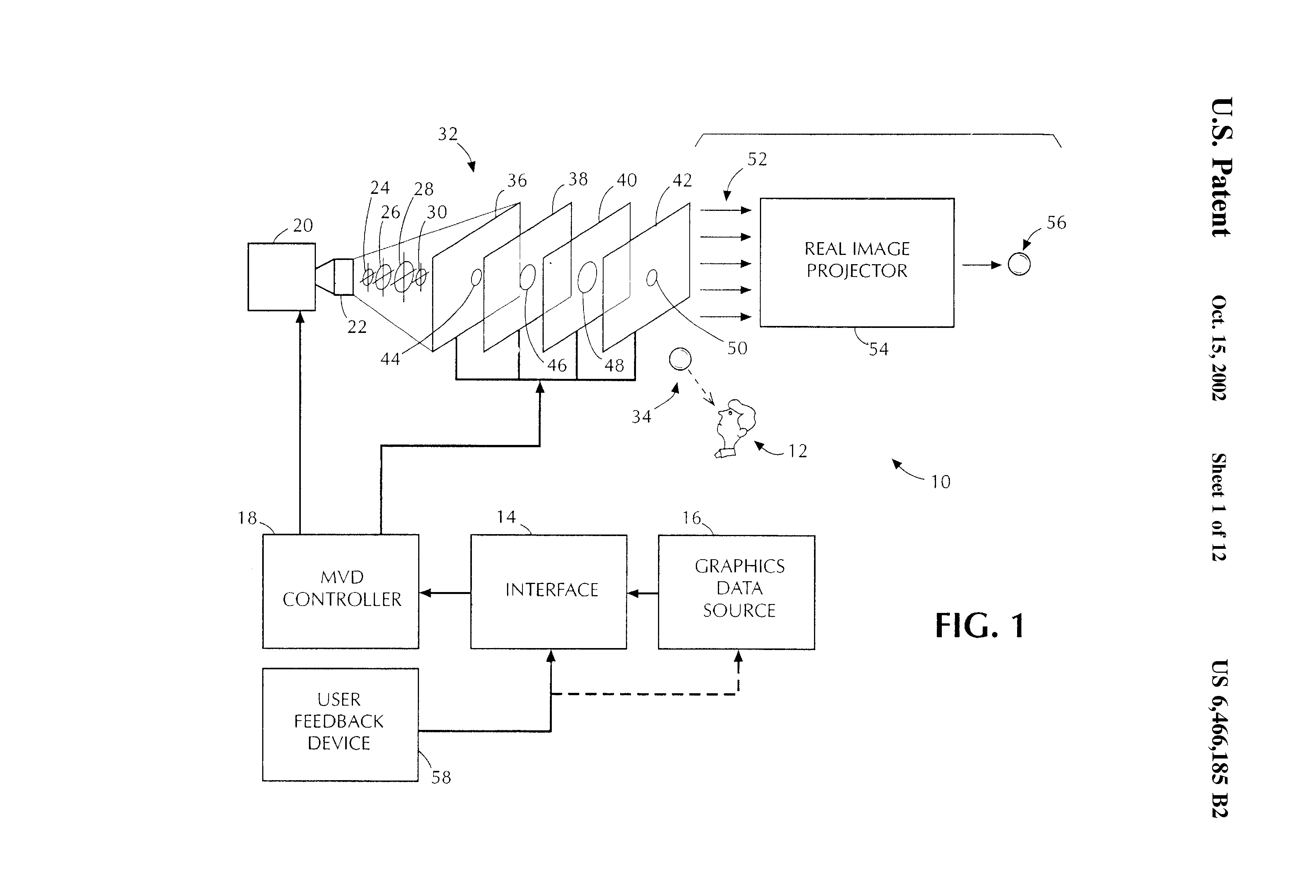
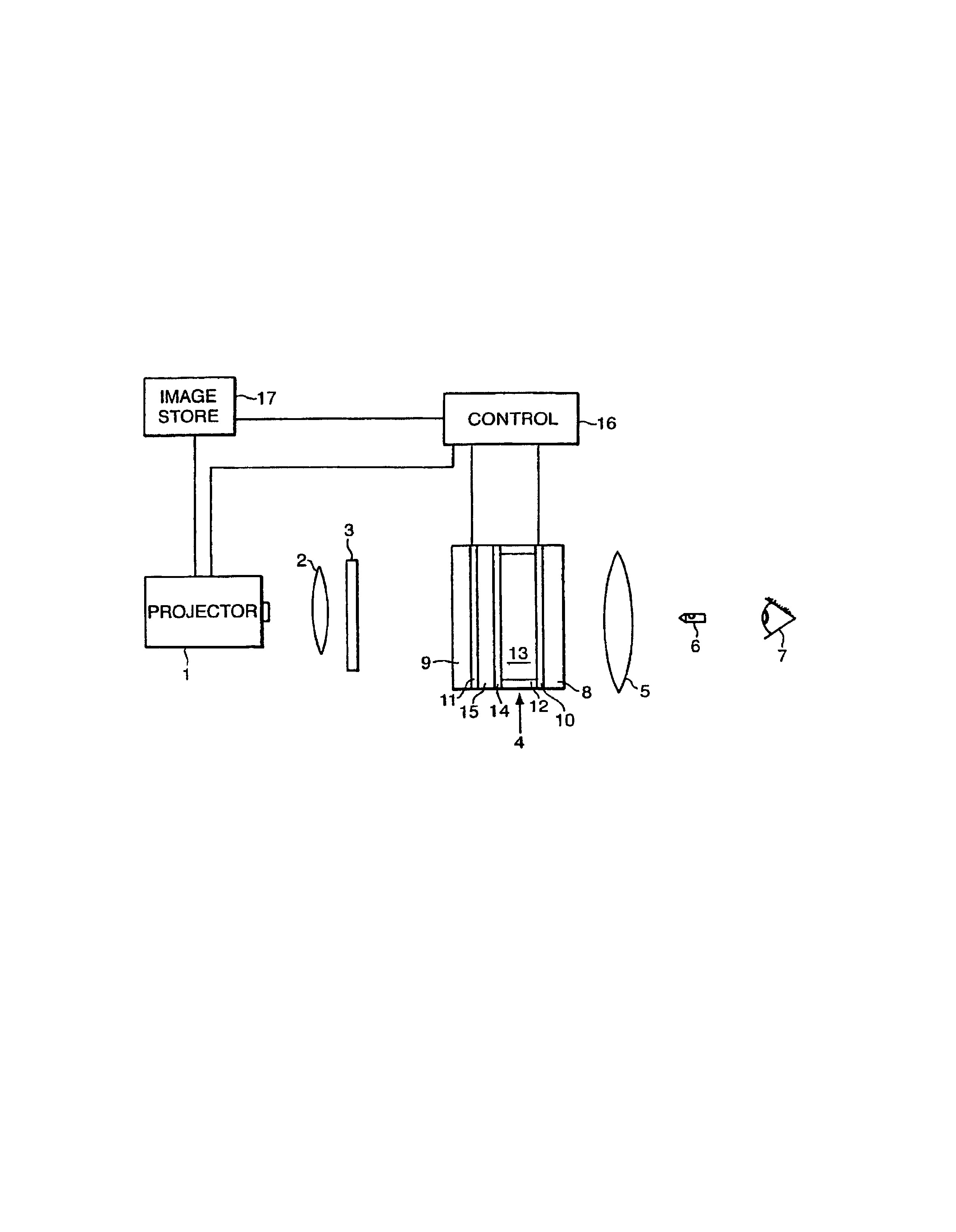
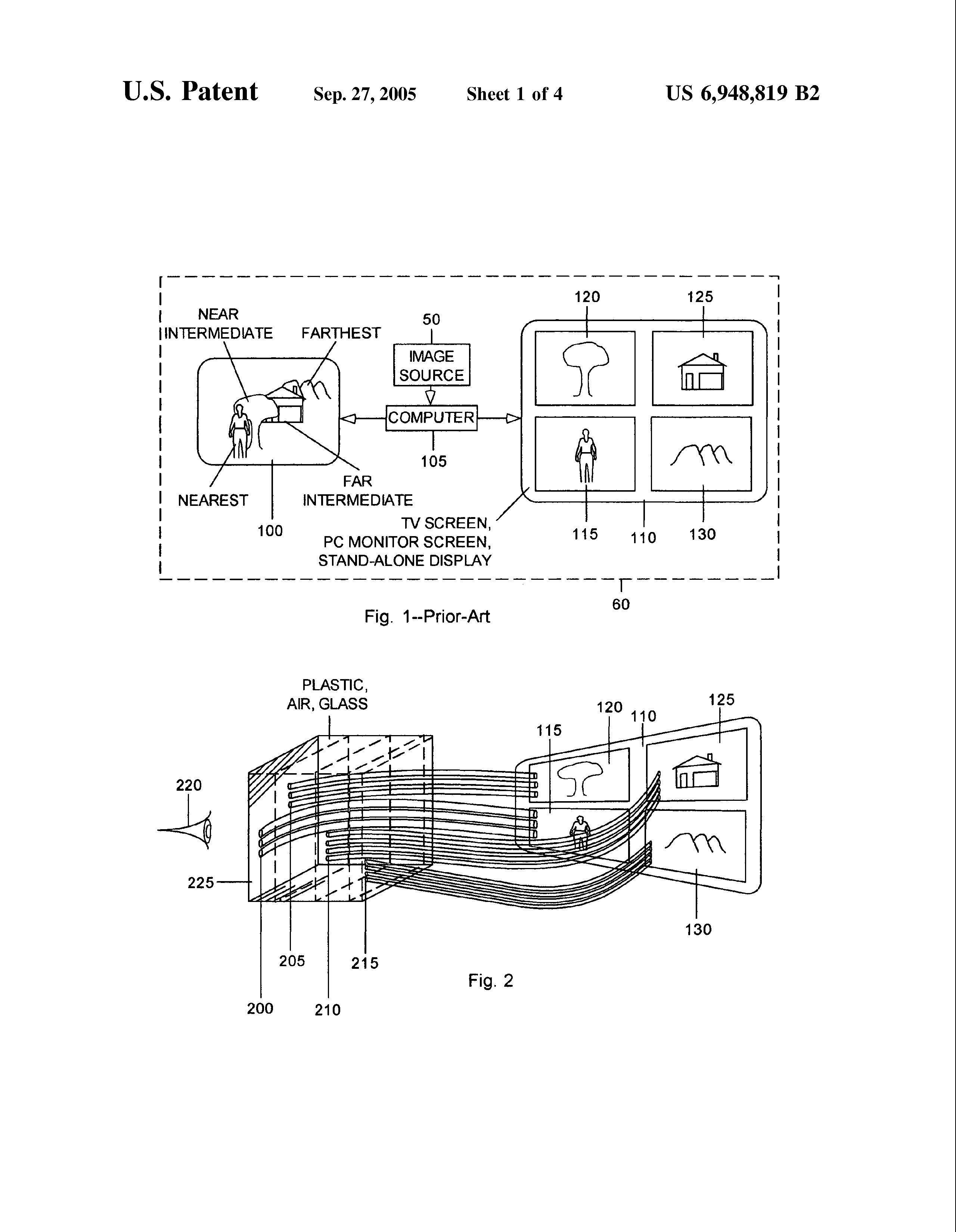
.jpg)
.jpg)
